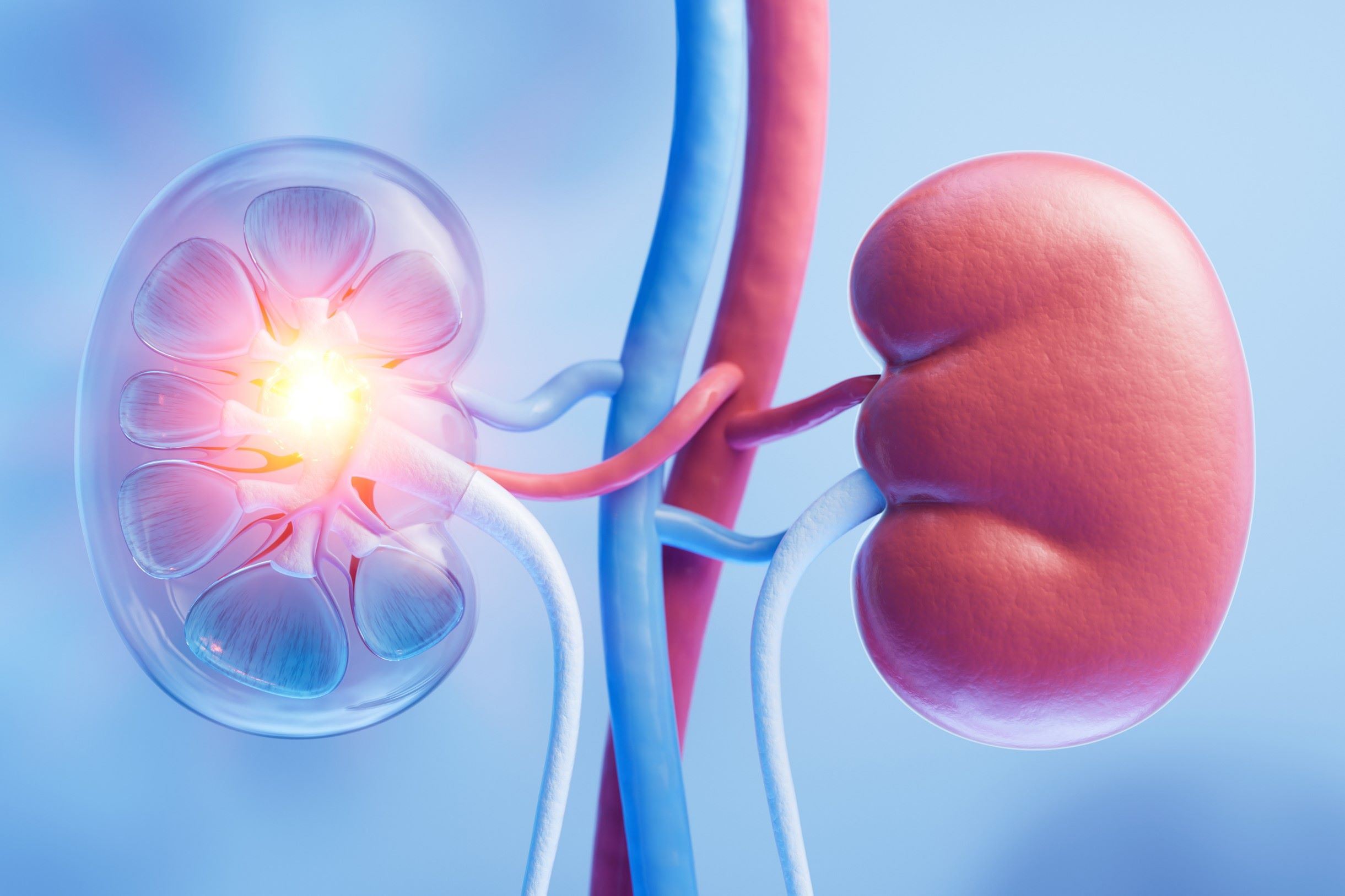
Renal agenesis, meningomyelocele, and Müllerian defects are complex medical conditions that can significantly impact a person's life. Renal agenesis refers to the absence of one or both kidneys at birth. Meningomyelocele is a type of spina bifida where the spinal cord and its protective covering protrude through an opening in the spine. Müllerian defects involve abnormalities in the female reproductive system, affecting structures like the uterus and fallopian tubes. Understanding these conditions can help in managing them better. This article will provide 25 facts to give you a clearer picture of these medical issues, their causes, symptoms, and treatments.
Key Takeaways:
- Renal agenesis is a condition where one or both kidneys fail to develop, leading to potential health complications. It can be detected during pregnancy and may require long-term monitoring and treatment options.
- Meningomyelocele is a type of spina bifida that can lead to severe disabilities. It can be detected during pregnancy, and individuals with this condition may face mobility issues, hydrocephalus, and ongoing health challenges.
What is Renal Agenesis?
Renal agenesis is a condition where one or both kidneys fail to develop. This can lead to various health complications. Here are some key facts about this condition:
- Unilateral vs. Bilateral: Renal agenesis can be unilateral (one kidney missing) or bilateral (both kidneys missing). Bilateral renal agenesis is often fatal.
- Incidence Rate: Unilateral renal agenesis occurs in about 1 in 1,000 births, while bilateral renal agenesis is rarer, occurring in about 1 in 3,000 to 1 in 10,000 births.
- Genetic Factors: Genetic mutations can play a role in renal agenesis. Mutations in genes like RET, GDNF, and PAX2 are often linked to this condition.
- Prenatal Detection: Ultrasound can detect renal agenesis during pregnancy. Early detection helps in planning for potential complications.
- Compensatory Hypertrophy: In unilateral cases, the remaining kidney often enlarges to compensate for the missing one.
- Associated Anomalies: Renal agenesis is often associated with other congenital anomalies, including heart defects and limb abnormalities.
- Survival Rates: Children with unilateral renal agenesis generally have a normal life expectancy, while those with bilateral renal agenesis often do not survive beyond infancy.
- Symptoms: Symptoms may include high blood pressure, proteinuria, and reduced kidney function.
- Treatment Options: Treatment focuses on managing symptoms and may include medications, dialysis, or kidney transplantation.
- Long-term Monitoring: Regular check-ups are essential to monitor kidney function and manage any complications.
Understanding Meningomyelocele
Meningomyelocele is a type of spina bifida where the spinal cord and meninges protrude through a gap in the spine. This condition can lead to severe disabilities. Here are some important facts:
- Neural Tube Defect: Meningomyelocele is a neural tube defect that occurs during the first month of pregnancy.
- Folic Acid Deficiency: Lack of folic acid during pregnancy increases the risk of meningomyelocele. Prenatal vitamins can help reduce this risk.
- Incidence Rate: This condition affects about 1 in 1,000 live births in the United States.
- Prenatal Diagnosis: Ultrasound and maternal blood tests can detect meningomyelocele during pregnancy.
- Surgical Intervention: Surgery soon after birth can help close the spinal defect, although it may not restore normal function.
- Mobility Issues: Many individuals with meningomyelocele experience mobility issues and may require wheelchairs or braces.
- Hydrocephalus: About 80-90% of children with meningomyelocele develop hydrocephalus, requiring a shunt to drain excess fluid.
- Bladder and Bowel Control: Bladder and bowel dysfunction are common, often requiring catheterization or other interventions.
- Learning Disabilities: Some children may have learning disabilities or cognitive impairments.
- Life Expectancy: With proper medical care, individuals with meningomyelocele can live into adulthood, although they may face ongoing health challenges.
What is Müllerian Defect?
Müllerian defects are congenital anomalies affecting the female reproductive system. These defects can impact fertility and overall reproductive health. Here are some key facts:
- Types of Defects: Müllerian defects include uterine agenesis, septate uterus, bicornuate uterus, and unicornuate uterus.
- Incidence Rate: These defects occur in about 1 in 4,500 women.
- Genetic Factors: Genetic mutations and environmental factors during fetal development can lead to Müllerian defects.
- Symptoms: Symptoms may include irregular menstrual cycles, pelvic pain, and recurrent miscarriages.
- Diagnosis: MRI, ultrasound, and hysterosalpingography are commonly used to diagnose Müllerian defects.
Final Thoughts on Renal Agenesis, Meningomyelocele, and Müllerian Defects
Understanding renal agenesis, meningomyelocele, and Müllerian defects can be challenging, but knowing the facts helps. These conditions, though rare, impact many lives. Renal agenesis involves the absence of one or both kidneys, affecting kidney function. Meningomyelocele, a type of spina bifida, impacts the spinal cord and can lead to mobility issues. Müllerian defects affect the female reproductive system, potentially causing fertility problems.
Awareness and early diagnosis are crucial. Medical advancements continue to improve the quality of life for those affected. Support from healthcare professionals, family, and communities plays a vital role. By staying informed, we can better support those living with these conditions and advocate for continued research and resources. Knowledge empowers us to make a difference.
Frequently Asked Questions
Was this page helpful?
Our commitment to delivering trustworthy and engaging content is at the heart of what we do. Each fact on our site is contributed by real users like you, bringing a wealth of diverse insights and information. To ensure the highest standards of accuracy and reliability, our dedicated editors meticulously review each submission. This process guarantees that the facts we share are not only fascinating but also credible. Trust in our commitment to quality and authenticity as you explore and learn with us.
